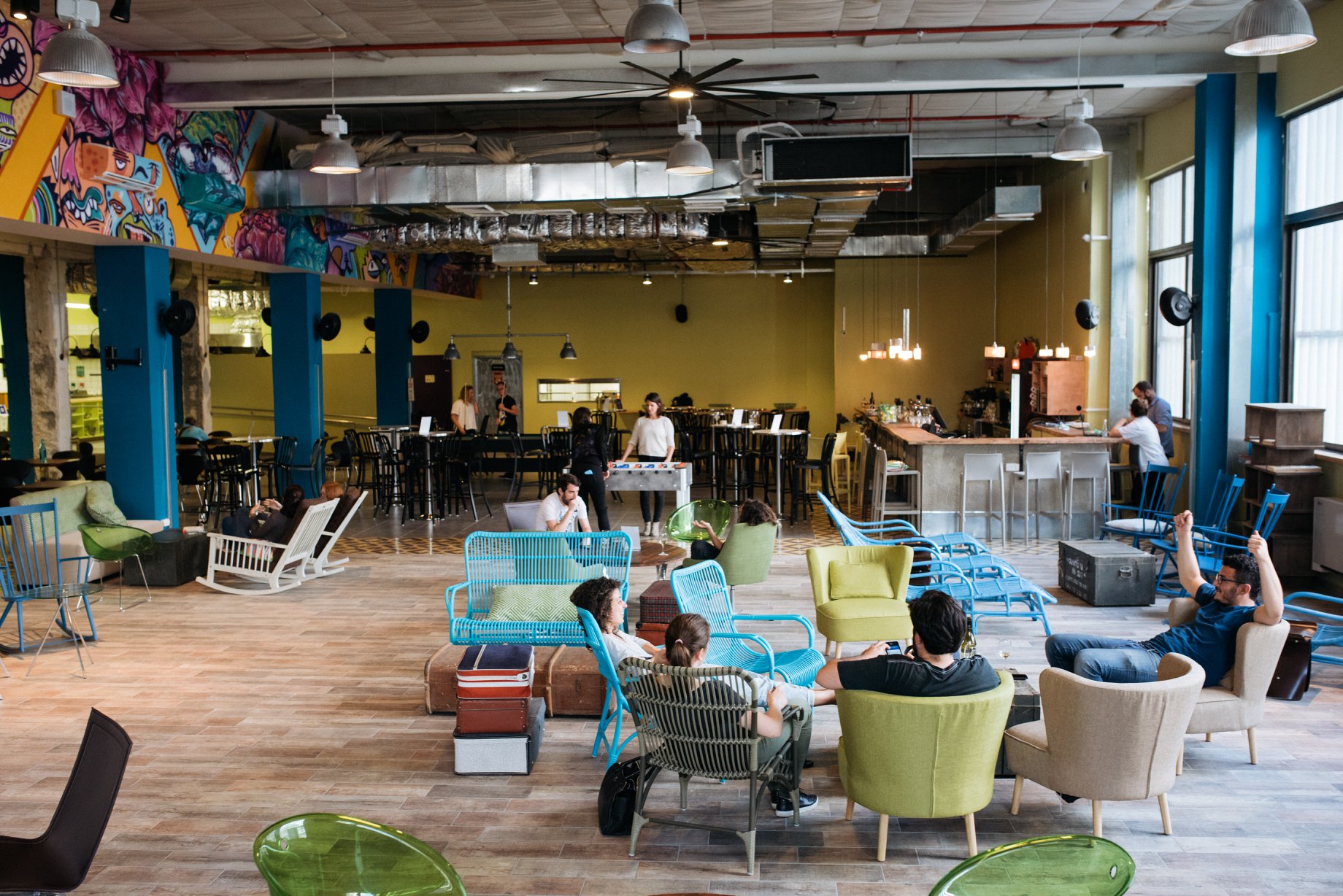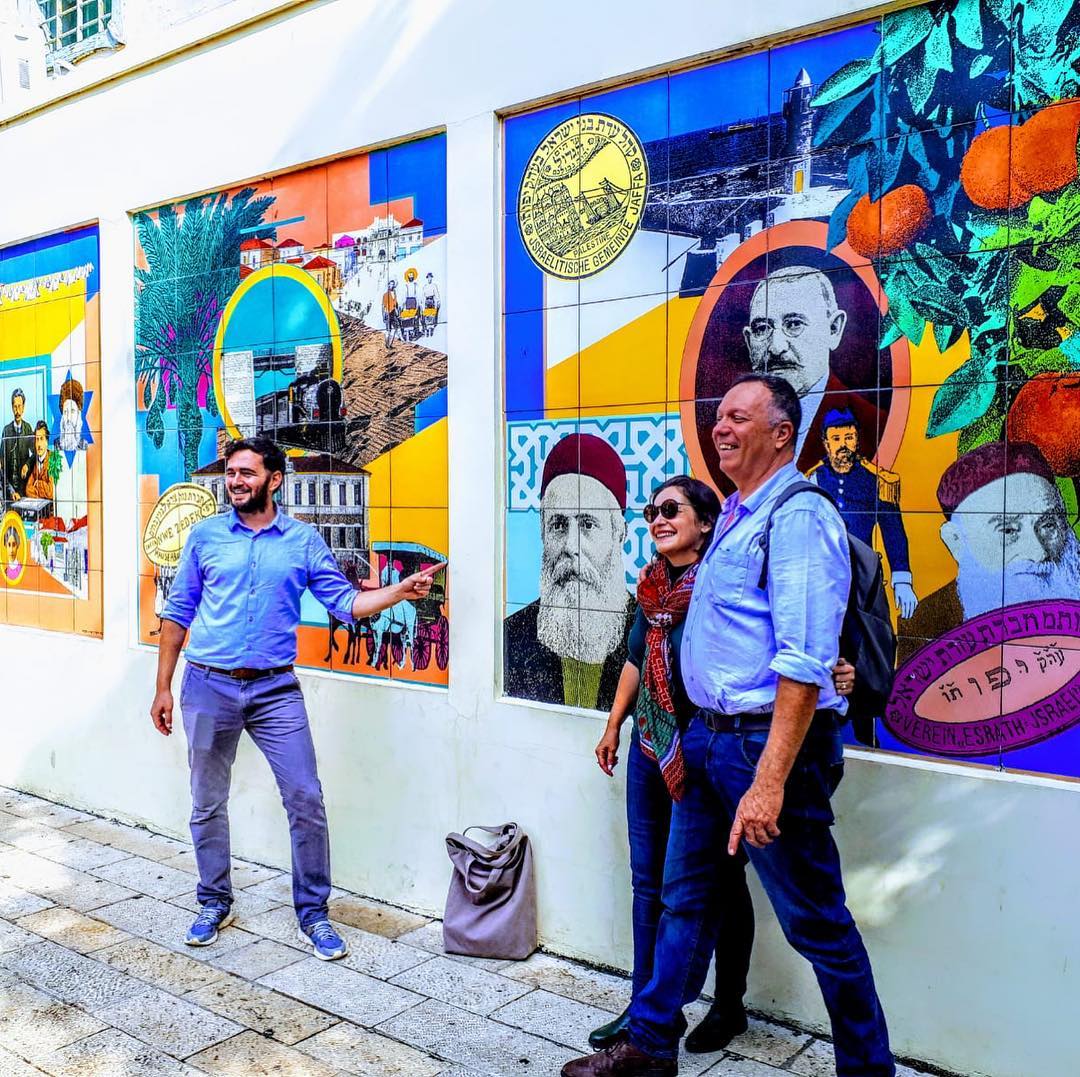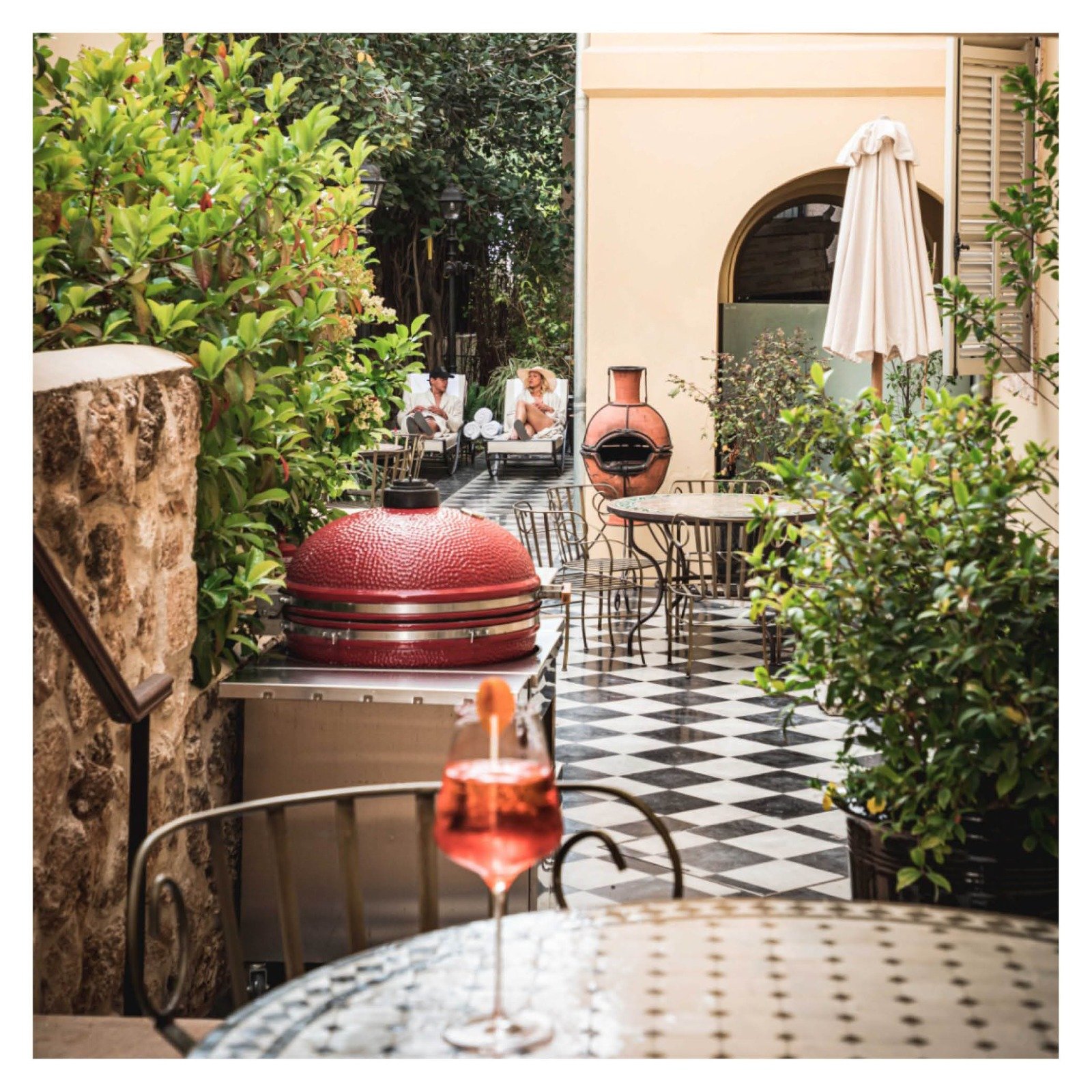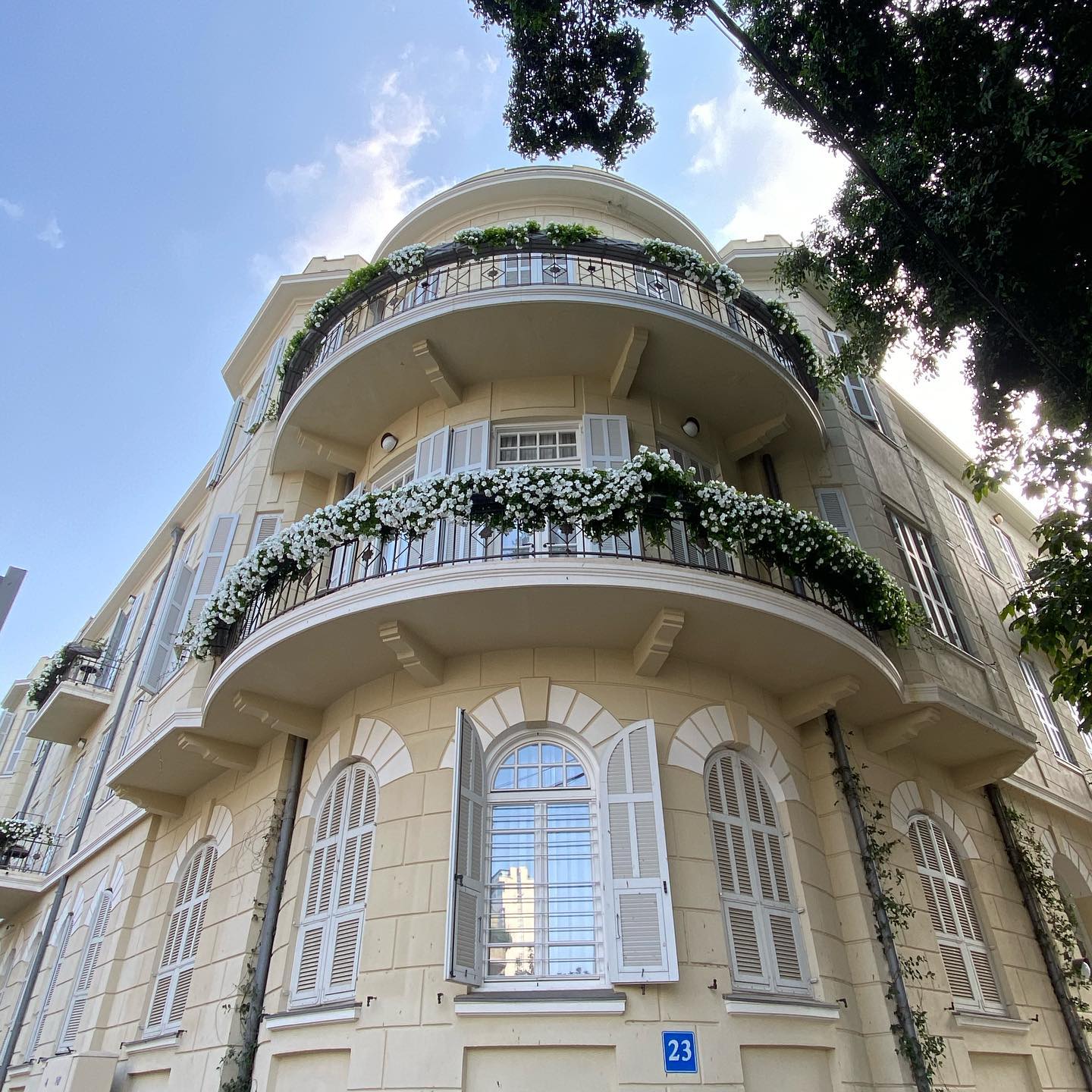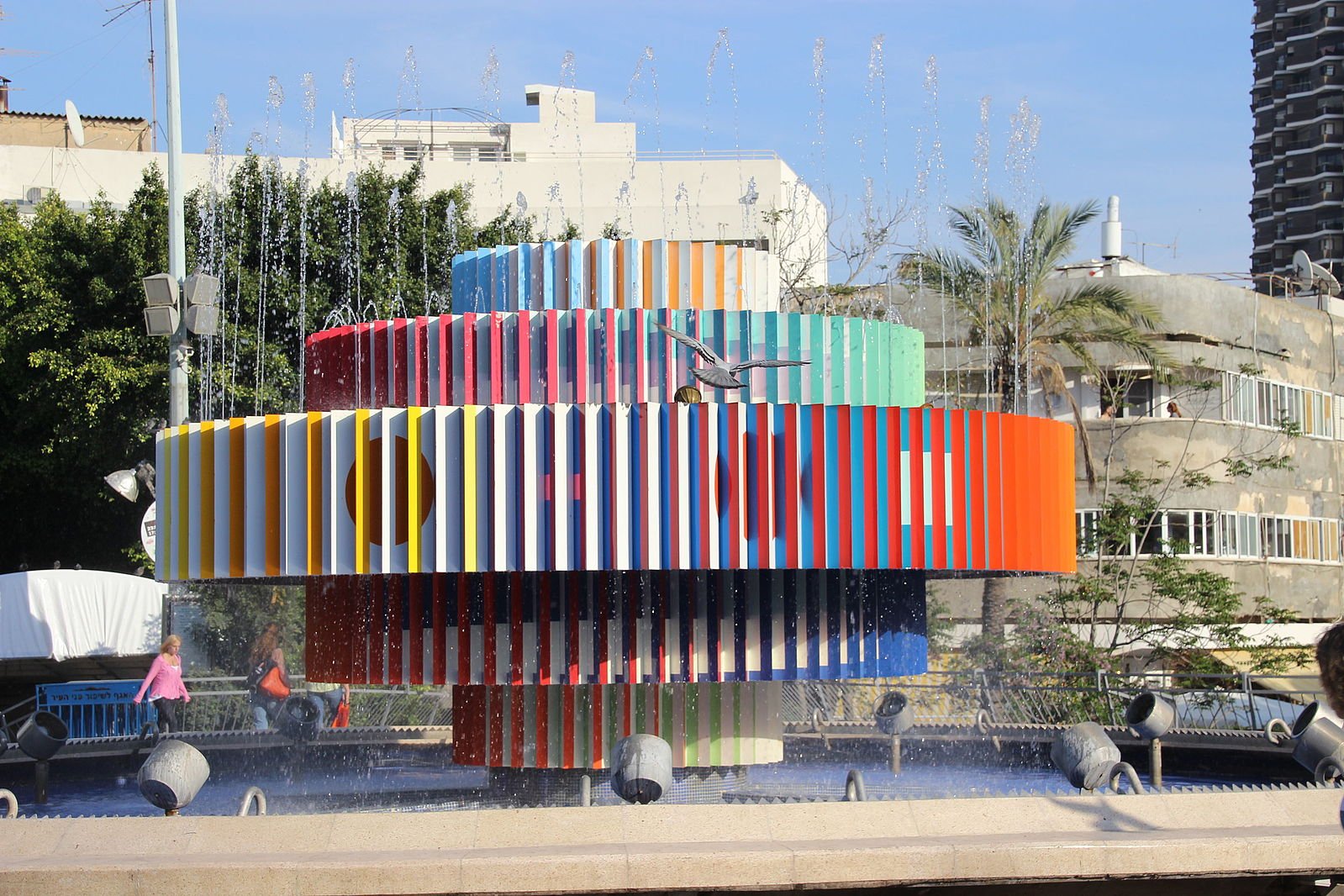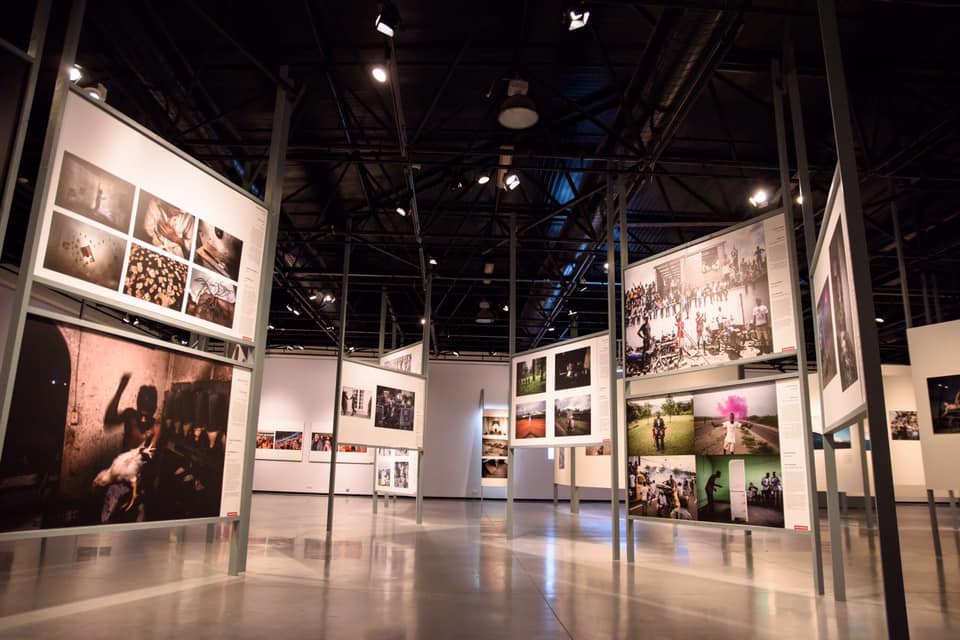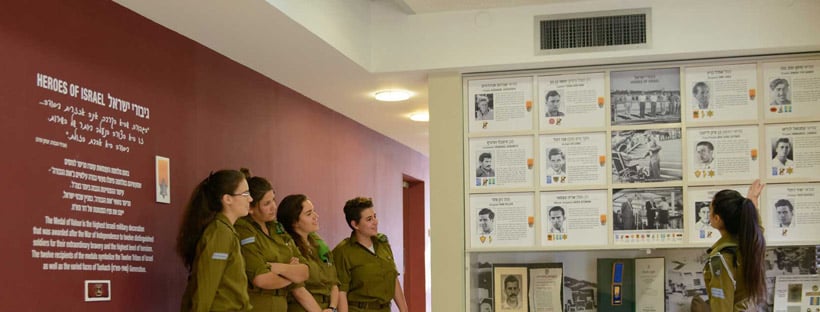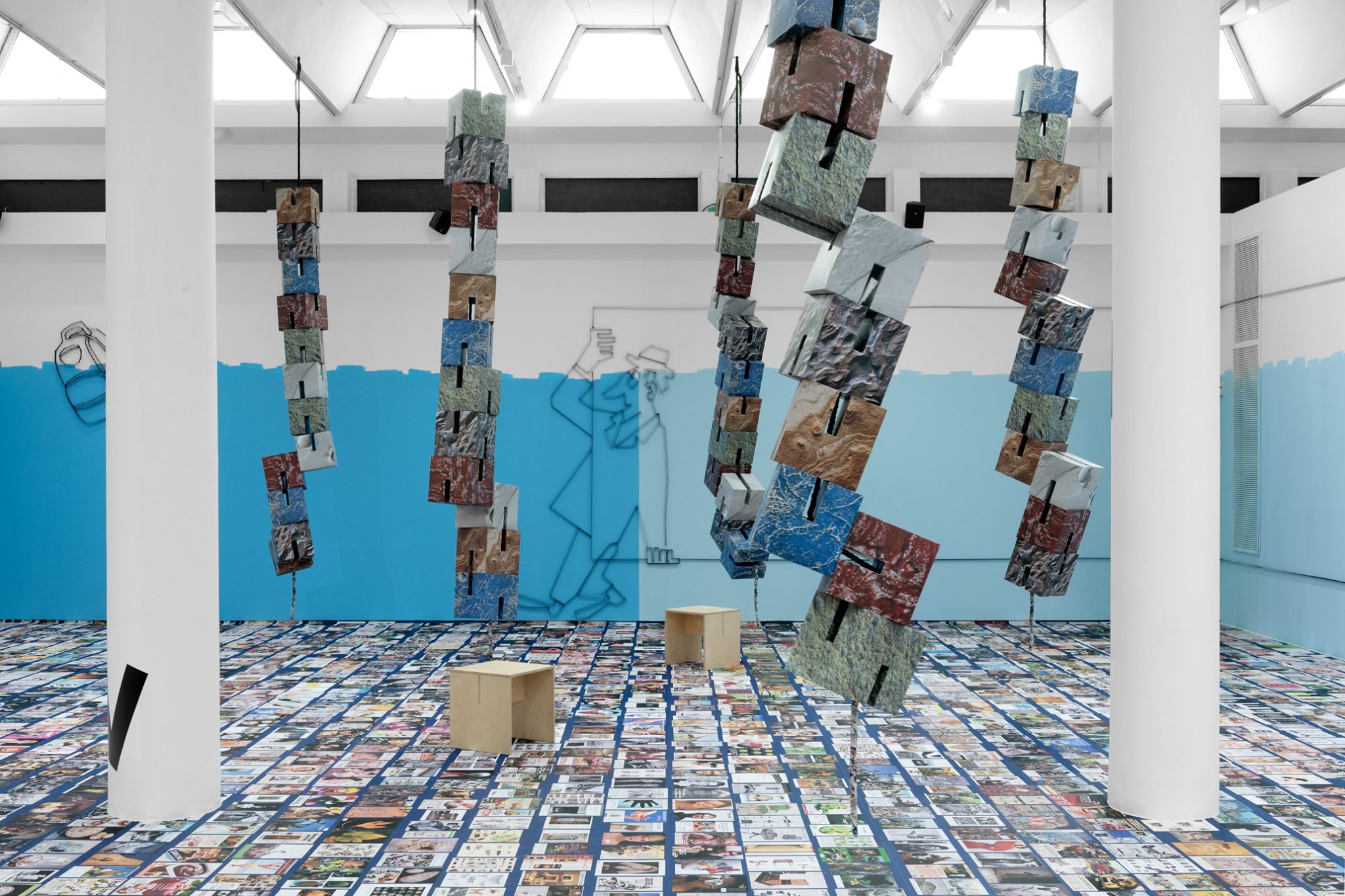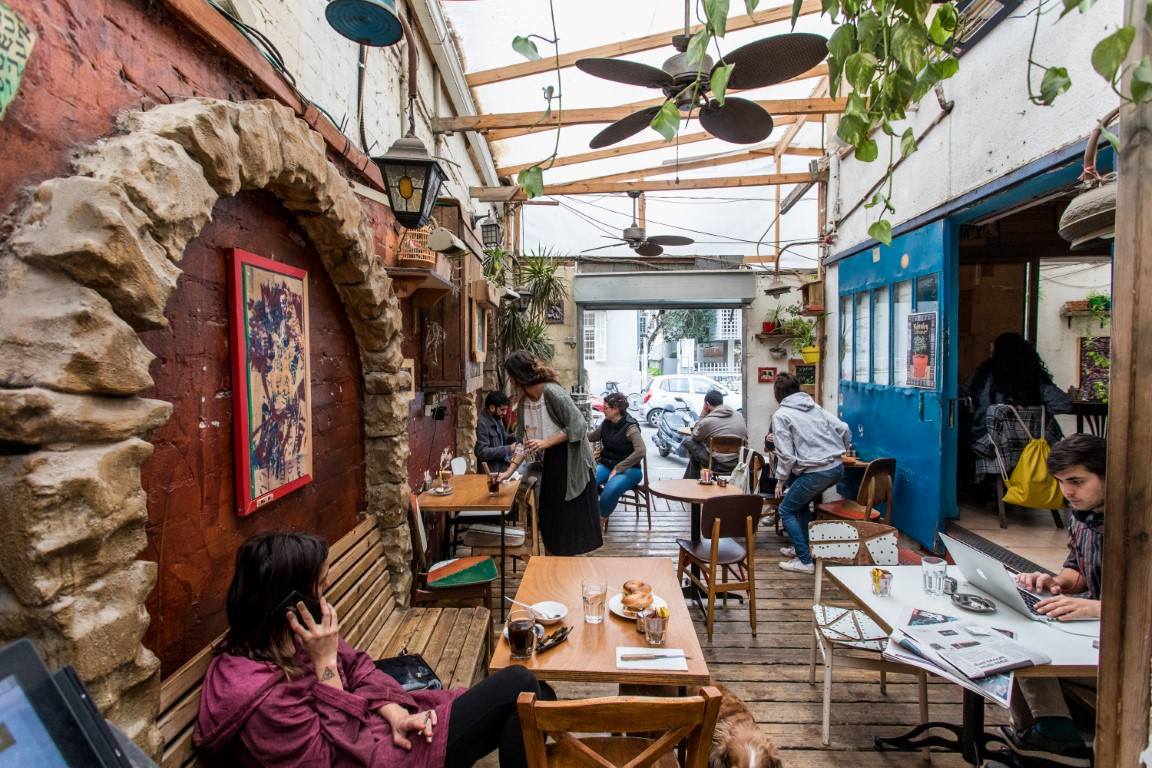The Abraham Hostel in Tel Aviv follows the footsteps of the Abraham Hostel in Jerusalem by raising the quality and standards of Tel Avivian hostels. Opened in 2016, The Abraham Hostel in Tel Aviv is located on HaRakevet Street, 50 meters from the buzzing Rothschild Boulevard in the small neighborhood known as Electric Garden (Gan HaHashmal). It is surrounded by cafes, restaurants, and nightlife, on the edge of the UNESCO World Heritage Site, and is within walking distance of the beach, Old Jaffa, and the edgy Florentin neighborhood. The hostel is additionally centrally located for public transportation access, including the handiest bus routes, the central bus station, and HaHagana railway station walking distance away.
Archives: Directory listings
Directory listings
Tomer Chelouche
Tomer has been a tour guide in Tel Aviv since 2008 and has received outstanding ratings and reviews from the groups he has worked with. He offers a variety of tours in the Tel Aviv area but specialized in the Neve Tzedek neighborhood, as well as the Trail of Independence.
The Drisco Hotel
The Drisco, a 5 star superior Hotel resides within an iconic building dating back to 1866, built over 40 years prior to the establishment of Tel Aviv in what was formerly the first and most prestigious hotel outside the old gates of Jaffa.
The Drisco presents an authentic glimpse of Tel Aviv’s diverse past and ever-evolving present. The property’s elegant, chic design – the creative work of architect and interior designer Ari Shaltiel, extends across 42 luxurious rooms and suites, a swanky bar and the George & John restaurant, a culinary marvel blending a taste of Israel with a dash of Mediterranean panache.
We also welcome guests to indulge in a moment of relaxation in our deluxe spa and capture the city’s picturesque skyline from the breezy rooftop. Set in the heart of the trendy Noga neighbourhood and the historic American-Germany Colony, the hotel is a short walk from all the local must-see spots, including the renowned Carmel, Levinsky, Flea and Greek markets, glimmering beachfront and stunning promenade, the ancient Jaffa Port, a selection of the best nightlife haunts in town, and so much more. Ben Gurion Airport is located 14 miles from The Drisco Hotel, about a 25 minute journey by taxi.
The Drisco is a proud member of The Leading Hotels of the World.
Hotel Montefiore
Hotel Montefiore prides itself on uncompromisingly professional service and its welcoming staff makes guests feel like family.
This Twenties mansion in the White City section of Tel Aviv has to be seen to be believed. Montefiore is a modern twelve-room boutique hotel, combining the intimacy of a small guest house with the service philosophy of a high-end luxury hotel.
A large part of the appeal is the Montefiore’s restaurant, a Vietnamese-influenced brasserie.The Montefiore’s service is genuinely friendly, with a can-do spirit, along with the effortlessly chic visual style, that keeps lovely people coming back.
The Norman Hotel
The Norman, reflecting Tel Aviv through the visual and culinary arts, design, architecture, entertainment and the lifestyle elements this vibrant city offers. Grandeur and style are at the heart of the Norman, which captures the elegance of the 1920’s mixed with the comforts of a world class luxury hotel. The theme continues through the interior which fuses contemporary elegance with modern Tel Aviv. Guests will have the choice of two restaurants, a brassiere serving Mediterranean cuisine with a touch of Israeli Flair, plus a renowned Japanese Restaurant – Dinings which offers panoramic views across the city. Guests can use the Library bar to unwind and enjoy late night cocktails which will be served into the early hours.
Art & culture are fundamental to the entire picture at The Norman. From our design and interiors, our growing book collection shared with our guests throughout the hotel, to our stunning art collection of contemporary Israeli artists with international reputations and our monthly cultural event that take place in the Library Bar – your time in the hotel will be enriched by discovery as it will in Tel Aviv itself.
The Norman comprises of two historic 1920’s buildings featuring: 50 luxurious rooms and suites, two restaurants and a stunning roof top infinity pool with captivating views and offers a wellness concept from yoga, massage, to personal training and bicycles.
Dizengoff Fountain
The “Fire and Water Fountain”, commonly referred to as “Dizengoff Square Fountain”, is a Tel Avivian landmark in the center of Dizengoff Square. Dedicated in 1986, the fountain is a kinetic sculpture and the work of the Israeli artist, Yaacov Agam. Agam developed this fountain over a period of ten years and it is one of his most renowned creations. He has gained international recognition as one of the founders of the kinetic art movement. The fountain consists of an illusory and a movement dimension. These are both typically works of Kinetic and Op art, which is achieved by the use of technology and the observer’s movement. The fountain is composed of several big jagged wheels, which were designed in the kinetic style (colored geometric shapes, which are perceived as different images from different angles). A technological mechanism is automatically activated at different times of the day and the night, turning the wheels on their hinges, injecting water upwards in various forms, spitting fire upwards, while playing music. Throughout the years the fountain drew a lot of criticism from the Tel Aviv residents for the high cost of its ongoing maintenance. Until recently, the fountain was poorly maintained and occasionally stopped operating. However, the fountain was recently repainted and is a large social landmark known by all Tel Avivians.
Photo Attributions: Ted Eytan, CC BY-SA 2.0
Eretz Israel Museum
The Eretz Israel Museum is a historical and archeological museum in the Ramat Aviv neighborhood of Tel Aviv. Established in 1953, the museum has a large display of archaeological, anthropological, and historical artifacts organized in a series of exhibition pavilions on its grounds. Each pavilion is dedicated to a different subject: glassware, ceramics, coins, copper, and more. The museum also has a planetarium. The “Man and His Work” wing features live demonstrations of ancient methods of weaving, jewelry and pottery making, grain grinding, and bread baking. Tel Qasile, an excavation in which 12 distinct layers of culture have been uncovered, is on the grounds of the museum.
Hapalmach Museum
Located in Ramat Aviv, The Palmach Museum is dedicated to the Palmach. This is the strike-force of the pre-state underground Haganah defense organization, which is now integrated into the Israel Defense Forces. Opened in 2000, the Palmach Museum commemorates the Palmach contribution to Israel’s establishment and designed by Israeli architects Zvi Hecker and Rafi Segal. The museum is an underground series of multi-media experience chambers, starting with a memorial for the fallen.
Tel Aviv Museum of Art
While established in 1932, The Tel Aviv Museum of Art was originally the home of Meir Dizengoff, Tel Aviv’s first mayor. In 1959, The Helena Rubinstein Pavilion for Contemporary Art had officially opened. When the museum’s collections of modern and contemporary art began to outgrow the premises, planning for a new building began in 1963. Construction commenced in 1966 but stopped for two years due to a shortage of funds. The new museum moved to its current location on King Saul Avenue in 1971. An additional wing was built in 1999, allowing the Lola Beer Ebner Sculpture Garden to be created. The museum also contains “The Joseph and Rebecca Meyerhoff Art Education Center”, which opened in 1988. The museum houses a comprehensive collection of classical and contemporary Israeli art, a sculpture garden, and a youth wing. In 2018, the museum set an all-time attendance record with 1,018,323 visitors, ranking 70th on the list of most visited art museums. In 2019, the museum’s ranking rose to 49th with 1,322,439 visitors. The Museum’s collection represents some of the leading artists of the first half of the 20th century and many of the major modern art movements in this period. This includes but is not limited to Fauvism, German Expressionism, Cubism, Futurism, Russian Constructivism, the De Stijl movement, and Surrealism. It additionally contains french art from the Impressionists and Post-Impressionists period to the School of Paris. These pieces include works of Chaim Soutine, key works by Pablo Picasso, Cubist paintings, sculptures by Jacques Lipchitz, and Surrealists works of Joan Miró.
A portion of the Museum displays Israeli Art history and its origins among local artists in the pre-state Zionist community during the early twentieth century. In 1989, the American pop artist Roy Lichtenstein created a giant two-panel mural specifically for the Tel Aviv Museum of Art, which is currently hung in the entrance foyer. The collection includes several masterpieces. Among them is the 1916 Friedericke Maria Beer Painting, painted by Austrian artist Gustav Klimt and Untitled Improvisation V. In 1914, the Russian master Wassily Kandinsky contributed to the painting as well. The Peggy Guggenheim Collection, donated in 1950, includes 36 works by Abstract and Surrealist artists. These include pieces by Jackson Pollock, William Baziotes, Richard Pousette-Dart, and Surrealists works by Yves Tanguy, Roberto Matta, and André Masson. Sculptures are displayed in the entrance plaza and an internal sculpture garden. In addition to a permanent collection, the museum hosts temporary exhibitions of individual artists’ work and group shows curated around a common theme.
Carmel Market
The Carmel Market is the largest bazaar market in Tel Aviv. It is bordered by Allenby Street and Magen David Square and is principally located along Carmel Street. Over time, it has expanded to streets such as the infamous Nachlat Binyamin. The market is open every day of the week, with the exception of Shabbat [Saturday]. It sells mostly fruits, vegetables, and authentic Israeli specialties, but also contains a variety of items such as home accessories and flowers. Tuesday’s and Friday’s are the signature days at the market as several independent artists and vendors sell unique crafts, art, and jewelry along Nahalat Binyamin Street. On those same days famous Israeli Folk singer Miri Aloni performs many traditional Israeli songs that date back to the days of the establishment of the State of Israel.
